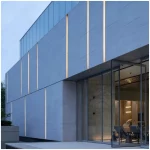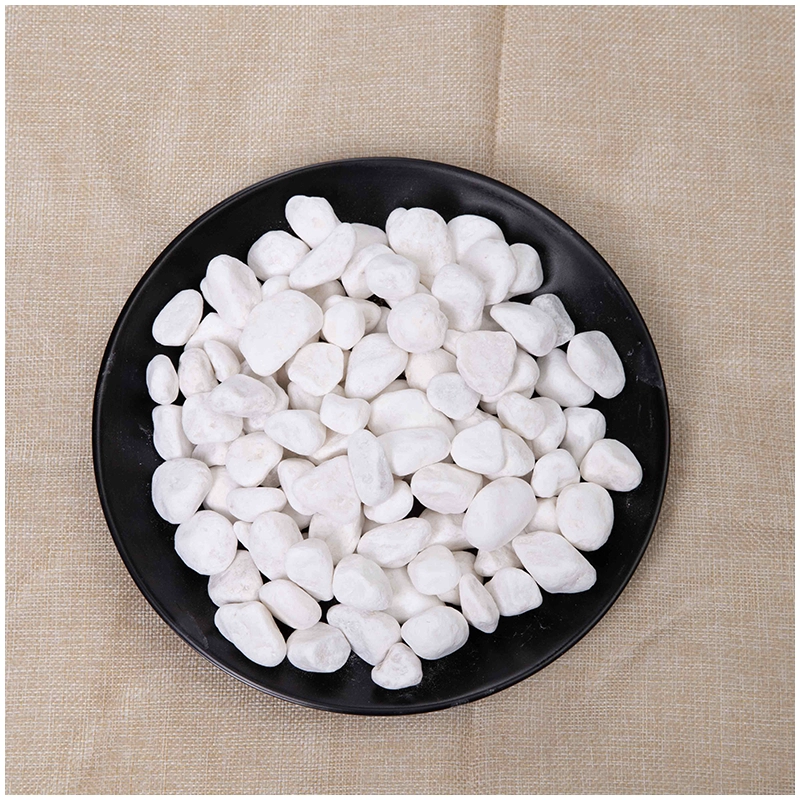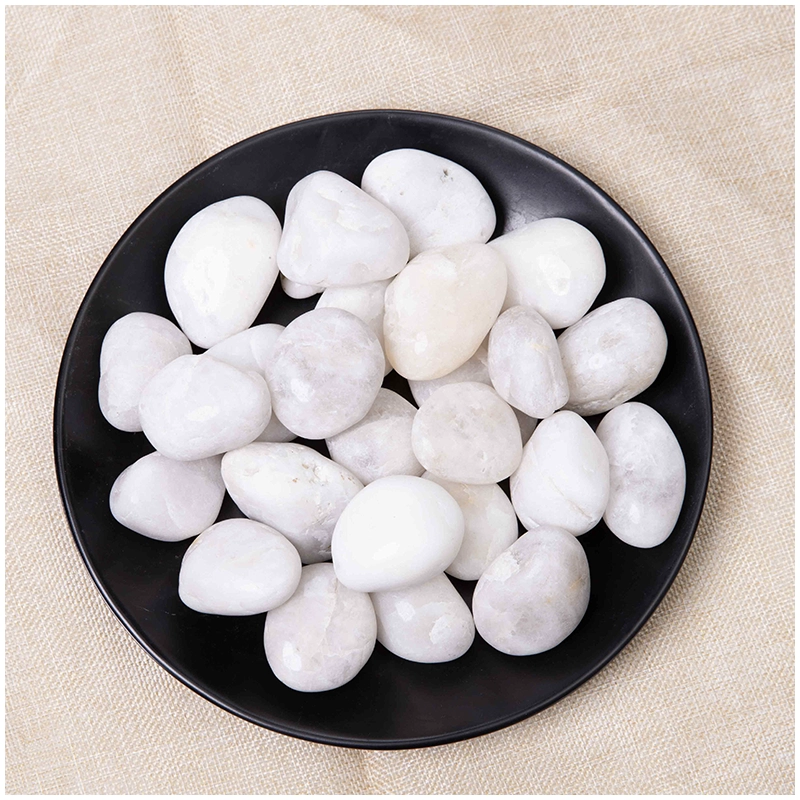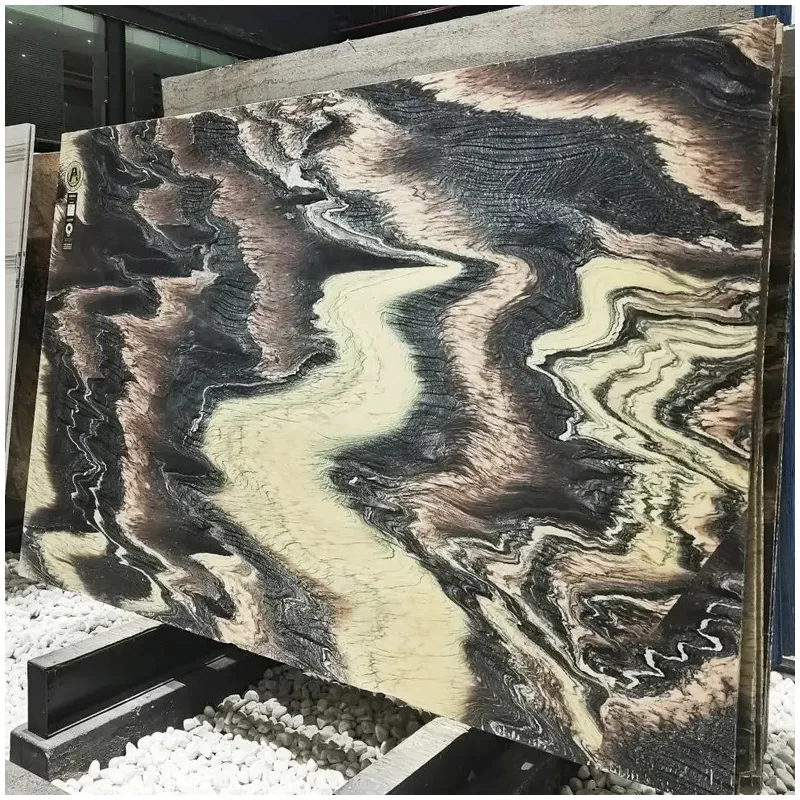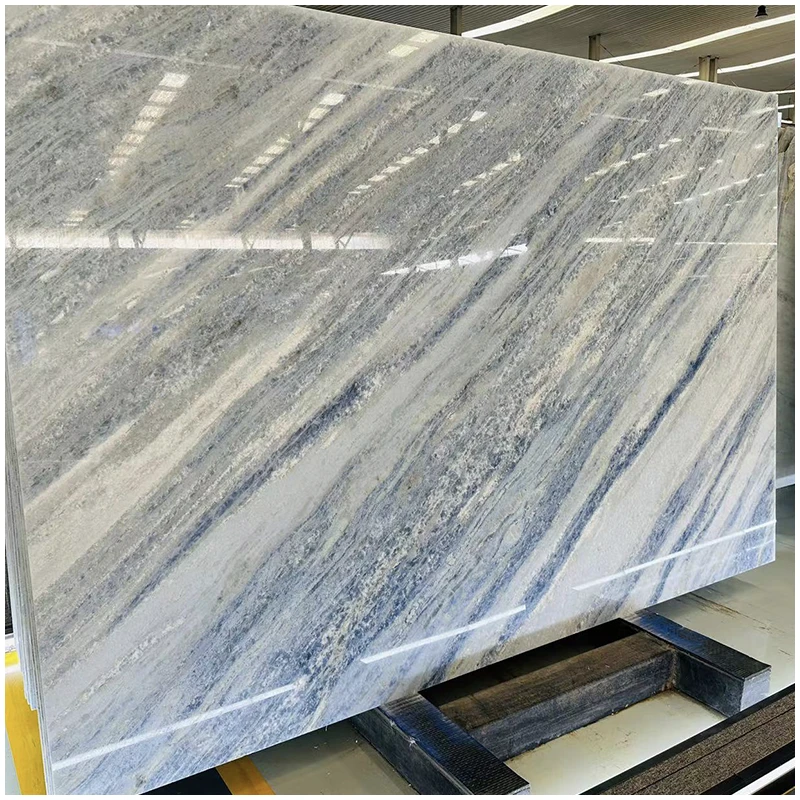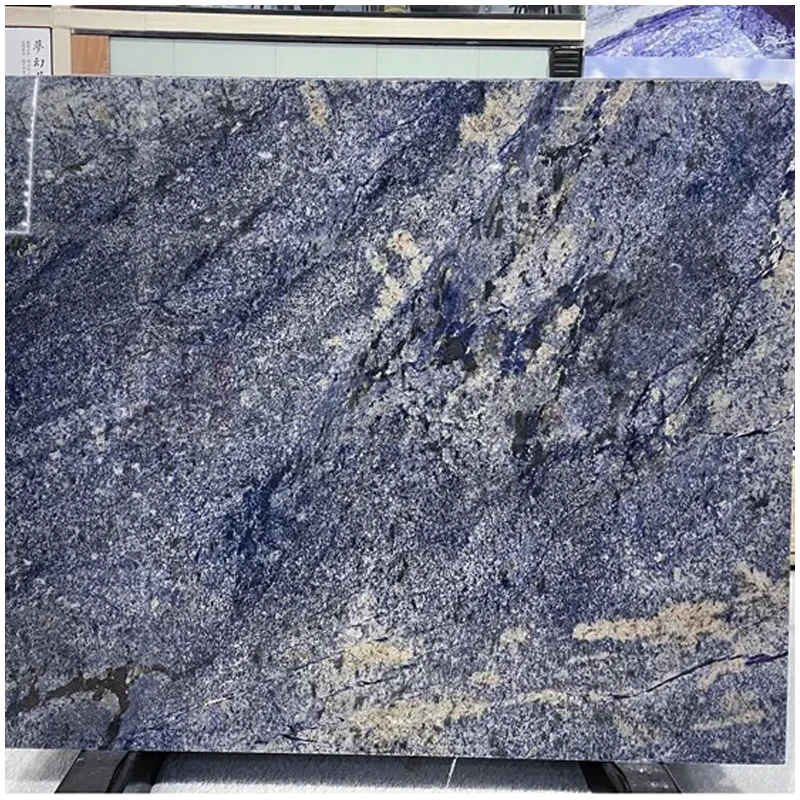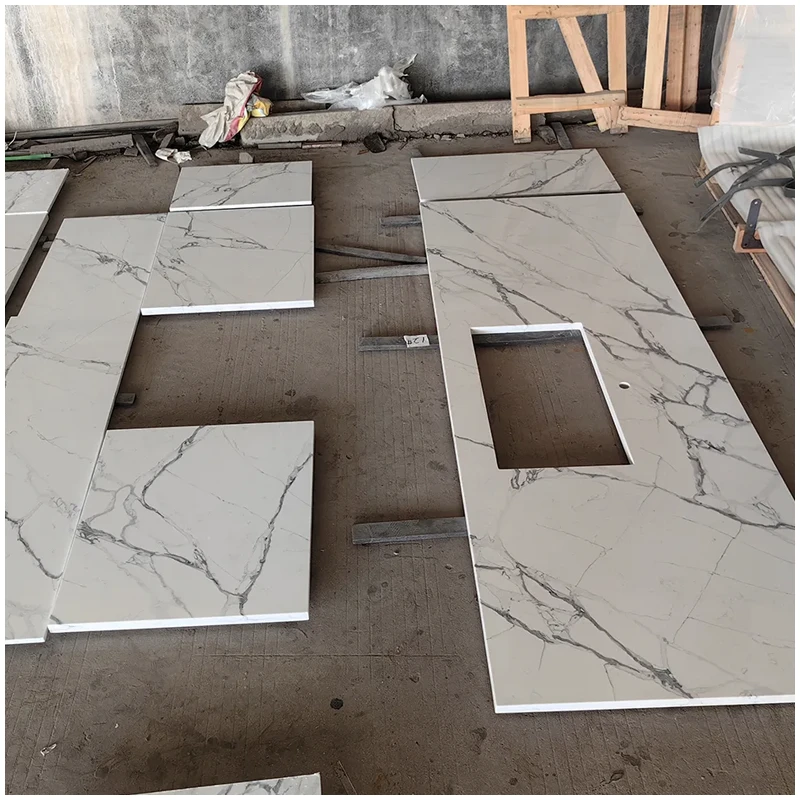Brazil Arezzo Red Quartzite Slabs für Kitchen and Wall Tiles
Quartzite can also be found in various other color options, such as blue, green, pink or red. The color variation depends on several factors such as the amount of iron oxid
Arezzo quartzite is a brown background stone that comprises a beautiful array of veining in pink and rose tones, originally quarries in the regions of central to northern Brazil where the material is extracted and processed into slabs and tiles for subsequent export different markets.
Arezzo is a red Quartzite. Arezzo is from Brazil. Arezzo Quartzite is suitable for indoor and outdoor applications.
Quartzite is a stunning natural stone that is often seen as a viable alternative to marble. The two stones are frequently compared because of the veining and colors present in many types of quartzite, which make it resemble the look of marble.
Quartzite slabs can be found in a wide range of colors, including grey, white, beige, pink, yellow, blue, purple, orange, and brown. Quartzite slabs are available in a polished finish, and sometimes leathered and honed finishes. E present, the region the stone comes from and the age of the stone.
|
Schnelle Details |
|||
|
Garantie: |
KEINE |
Name des Steins: |
Red Quartzite |
|
Service nach dem Verkauf: |
Technische Online-Unterstützung |
Art: |
Quarzit Stein |
|
Projektlösungskompetenz: |
Andere |
Material: |
Natürlicher Quarzit |
|
Ort der Herkunft: |
Brasilien |
Farbe: |
Rot |
|
Markenname: |
Esta Stein |
Größe: |
Maßgeschneiderte Größe |
|
Modellnummer: |
Arezzo Red Quartzite |
Erledigt: |
Poliert |
|
Anwendung: |
Innenfliesen, Arbeitsplatten |
Die Dicke: |
10mm-30mm |
|
Marmor-Typ: |
Naturstein |
Preis: |
wettbewerbsfähig |
|
Steinform: |
Quarzit-Küchenarbeitsplatten und Waschtischplatten |
Qualität: |
Überlegene |

|
Name des Produkts |
High Quality Customized Polished Red Quartzite Granite Slabs |
|
Matrialien |
Quarzit |
|
Farbe |
Rot |
|
Produkte |
Platten, Fliesen, Sockelleisten, Fensterbänke, Stufen und Setzstufen, Küchenarbeitsplatten, Eitelkeiten, Arbeitsplatten, Poller, Säulen, Bordsteine. Pflastersteine, Mosaik & Einfassungen, Skulpturen, Grabsteine |
|
Größen |
Kacheln verfügbar |
|
12'' X 12" (305mmX305mm) |
|
|
24'' X 24" (600mmX600mm) |
|
|
12'' X 24" (300mmX600mm) |
|
|
andere als kundenspezifische |
|
|
Brammen verfügbar |
|
|
180cmUpx60x1.5cm/2.0cm 180cmUpx65x1.5/2.0cm 180cmUpx70cmx1.5/2.0xm |
|
|
240cmUpx60x1.5cm/2.0cm 240cmUpxx65x1.5/2.0cm 240cmUpx70cmx1.5/2.0cm |
|
|
Verwendung |
Verwendet für Boden, Muster, Wandfassade, Innendekoration, Arbeitsplatte |
|
Oberfläche |
Poliert, geschliffen |
|
Kantenbearbeitung |
Machine cutting, round edge etc |
|
Verpacken |
Seetaugliche Holzkiste, Palette |
|
Zahlungsbedingungen |
30% per T/T im Voraus, Restbetrag per T/T vor Versand |
|
Willkommen zu Anfrage und besuchen Sie unsere Website für mehr Produktinformation |
|




Q1: Can You Scratch or Etch Quartzite?
A: Quarzit ist doppelt so hart wie Glas und härter als eine Messerklinge - er ist so gut wie unzerstörbar! Diese Eigenschaften machen ihn zu einer ausgezeichneten Wahl für Oberflächen, die täglichem Verschleiß ausgesetzt sind, wie z. B. Küchenarbeitsplatten. Quarzit ist sogar so stark, dass er Ihre Messer stumpf machen kann! Es ist auf jeden Fall ratsam, scharfe Gegenstände nicht direkt auf Arbeitsplatten zu verwenden. Während echter Quarzit selbst wahrscheinlich keine Kratzer oder Ätzungen aufweist, kann die Versiegelung auf der Oberfläche Schäden annehmen und zeigen.
Q2: Does Quartzite Need to be Sealed?
A: Die meisten Verarbeiter tragen vor der Verlegung eine Versiegelung auf und erklären, welche zusätzlichen Versiegelungen während der Lebensdauer des Quarzits erforderlich sind. Im Allgemeinen muss Quarzit, je nach Versiegelung, mindestens alle 10 Jahre versiegelt werden. Ein verräterisches Zeichen dafür, dass es an der Zeit ist, eine Quarzit-Arbeitsplatte zu versiegeln oder neu zu versiegeln, ist, wenn die Oberfläche an nassen Stellen, wie z. B. Waschbecken, dunkler wird. Wenn Sie unsicher sind, können Sie die Porosität selbst testen, indem Sie eine kleine Menge heißes Wasser für etwa 20 Minuten auf die Oberfläche geben und dann abwischen. Wenn ein dunkler Fleck zurückbleibt, saugt sich die Oberfläche mit Flüssigkeit voll und könnte wahrscheinlich von einer Versiegelung profitieren. Die Versiegelung einer Quarzitoberfläche ist der Schlüssel zu einer einfachen Pflege - beachten Sie unbedingt die Anweisungen für Ihr spezielles Versiegelungsmittel.
Q3: What is the Difference between Quartzite and Granite?
A: Granite is a felsic intrusive igneous rock while quartzite is a metamorphic rock. Granite is more commonly found in nature than quartzite while quartzite consists more quartz than granite. Quartzite forms from quartz and sandstone combined under pressure and heat combined. This means that quartzite is slightly harder than granite. Mohs scale of hardness proves this statement. On its scale from 1 to 10 with 10 being the hardest, and 1 being the softest, quartzite measures at around 7, while granite measures in at about 6. However, both granite and quartzite are very resistant to etching, extreme temperatures, and chemicals if properly sealed. Sealing will prevent substances like coffee, citruses, and wine to stain the surface. It will also protect the countertop from scratches.
Both granite and quartzite sparkle, have gorgeous veining, and an abundance of flecks and various shades that come from recrystallized quartz. However, quartzite is commonly lighter and resembles marble more than granite. Granite usually features white shades in combination with other, darker and stronger shades that end up dominating it. Quartzite if the right choice for you if you prefer light, marble-look counters while granite is best for those who prefer a traditional look.
What is the Difference Between Quartz and Quartzite?
To answer the question is there a difference between quartz and quartzite, it is most important to compare the structure and appearance of these two stones. The most important difference between quartzite and quartz is that quartzite is a natural stone while quartz is an artificial, man-made stone material. After a natural process of heat and pressure, sparkly quartz crystals of sandstone form quartzite. When creating Quartz countertops, fabricators use quartz crystals that are found in natural quartzite. However, they also add pigments, resin, bits of glass and other material during the manufacturing process to customize the look of quartz, make it more durable, non-porous, and easy to maintain.
When it comes to appearance, quartzite is typically light gray and white, with swirls and shades of colors in between. Red, brown, pink, and gold hues come from minerals in this natural stone. Natural quartzite stone looks like granite or marble because of its patterns, veins, movement, colors, shades, and hues. Because it’s man-made, quartz countertop stone can look like any stone — granite or marble. Those who prefer a steady and consistent pattern and movement adore quartz.
Both quartzite and quartz are durable. However, quartz is less dense than quartz and therefore requires some more care, especially in busy areas and heavy use kitchens. Just like you would seal granite, you will need to seal quartzite too, to prevent staining its surface. When sealed, quartzite is super resistant. If you choose quartz stone, you get a countertop surface that requires no maintenance whatsoever, except daily cleaning with warm water and mild detergent. However, different finishings will require more or less maintenance, so make sure to set the right expectations with your fabricator.




